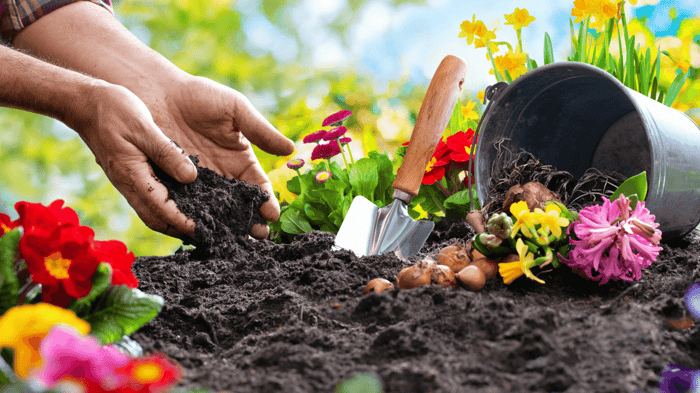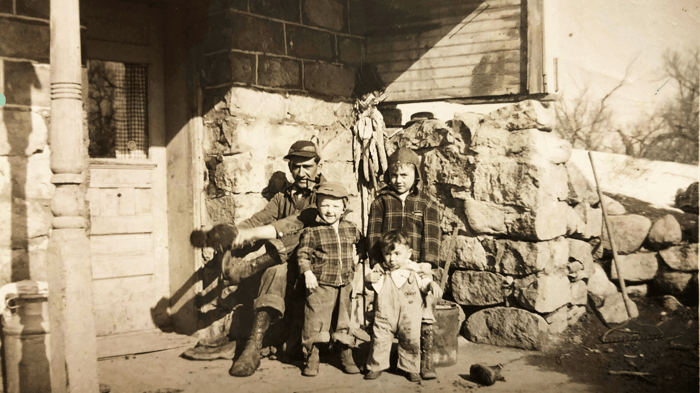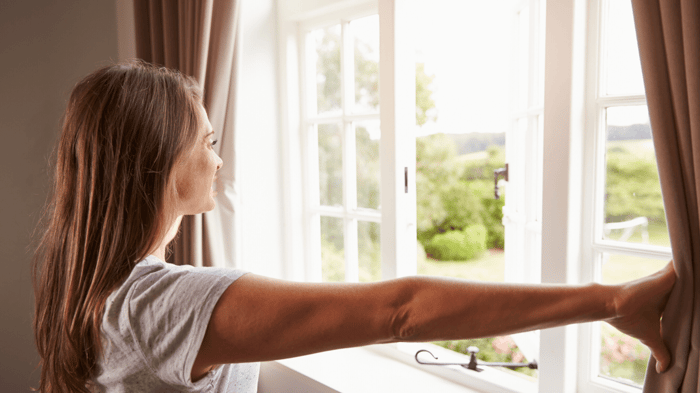
What is Gratitude?
Gratitude is the positive emotion that is tied to being thankful in life, bettering mental and even physical health! There is a long history of gratitude as a subject, dating all the way back to ancient times, but it is just since the last century when gratitude was researched as a topic of health.
Research has found that those who have gratitude in their life build stronger relationships and better health, most benefiting from increased joy and enhanced optimism, as well as less aches and pains than before. Gratitude is an emotion and feeling, but there are ways to develop gratitude habits for a happier and more thankful life.
“We can only be said to be alive in those moments when our hearts are conscious of our treasures.” – Thornton Wilder
I decided to start a daily practice of gratitude as one of my New Year's resolutions in 2019. It was a resolution that I kept and I’m not exaggerating when I say that it was life changing. You really can train your brain to be more positive, to automatically see the good in people and in your daily experiences. Your ability to feel and express gratitude affects everything! Read on to learn about my journey and make your own plan to start experiencing more joy.
“Joy is the simplest form of gratitude.” – Karl Barth
What does gratitude mean to me? I see it as these four tenets:
- Thankfulness for who I am and what I have
- Joy and beauty in the moment
- A force that binds me to the people in my life
- An essential ingredient for happiness
“The more grateful I am, the more beauty I see.” – Mary Davis
So you can tell that I am a huge fan of daily gratitude, but you might like to know that recent scientific research has also found some convincing reasons for everyone to become fans. Studies have shown improved mood and better physical and psychological health overall. The ability to shift inner attention away from negative emotions such as jealousy, envy and resentment is important to mental health. Adding a gratitude practice has helped people manage stress, sleep better, get stronger immune systems, lessen pain, have more relationship satisfaction, and do better academically and professionally. Gratefulness increases mental resilience and leads to less depression and other mental health issues. (source)
“There is a calmness to a life lived in gratitude, a quiet joy.” — Ralph H. Blum
Hopefully I’ve captured your curiosity and you are wondering how to get started. The whole practice boils down to noticing the “good things” in your life, no matter how small they may seem. Although it's a simple idea, it’s not always as easy as it sounds. You should recognize that our materialistic culture is working against the automatic expression of gratitude. We are bombarded from birth with the idea that we should not be satisfied and should focus our attention on what we are missing. Media and advertising is unanimous with the message: You need more! As a result, it’s easy to feel dissatisfied. That’s why it’s important to make gratitude for what we have a deliberate, specific intention and counter this programming. As you work on this skill of being thankful it will become a transformative habit.

“Being thankful is not always experienced as a natural state of existence, we must work at it, akin to a type of strength training for the heart.” – Larissa Gomez
Here’s two methods I recommend for getting started on how to show gratitude.
- Gratitude Journal. I use a gratitude app on my phone called “The Five Minute Journal.” I love it because it has an inspirational quote of the day and it prompts me with questions about what I am happy about or thankful for today. I can type in some quick answers or pop in a picture. It doesn’t take a lot of time, so it’s easy to keep up with it. I love looking back and seeing how my entries have changed over time. To do this with a physical journal, set aside time during your morning or evening routine to write down 3 good things or freewrite for 5 minutes.
- Dinner Table Share. Another amazing way to incorporate gratitude into your life is to start sharing gratitude verbally with your family. One practice we’ve used at our house is to take turns at the dinner table each listing one thing you are grateful for or something great that happened during the day. This is a wonderful example to set for kids: like most things, it's a habit that's easier to learn when you’re young.
“Gratitude is not only the greatest of virtues but the parent of all others.” – Marcus Tullius Cicero
You will notice as you continue with this practice that your whole outlook will start to change. It will become easier and easier to see the positives as you go through your day, until it becomes automatic. As you slip into this habit you will feel a calm and peace with your life that seems to protect you from disappointments and bad news. Feelings like envy and resentment will melt away. You may find yourself smiling more.
I personally feel like my gratitude practice has made me a better wife and mother. I have more patience, more ability to be present, and more fun! Maybe gratitude really is the parent of all virtues… Try it and see what you think!
How to Practice Gratitude:
- Make a plan for daily gratitude practice: choose a journal, app, dinner table share or some combination that fits you
- Express your gratitude every single day for at least 3 months
- Experience more peace and joy, and pass it on!

.JPG)


